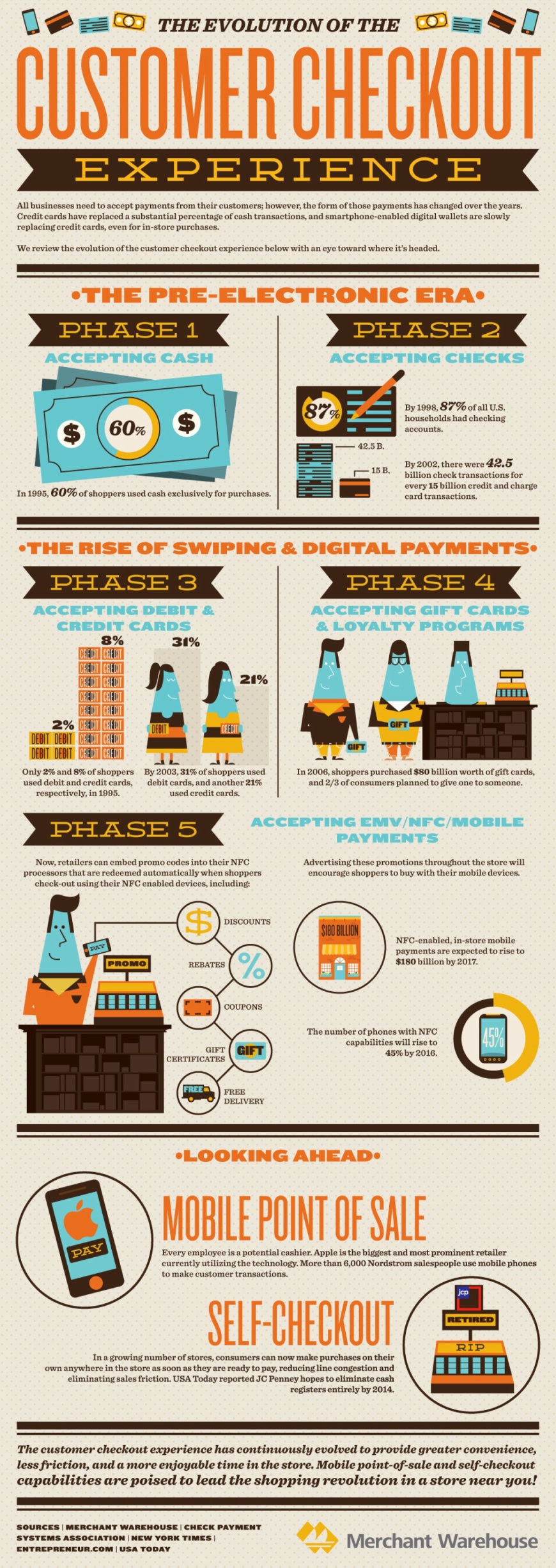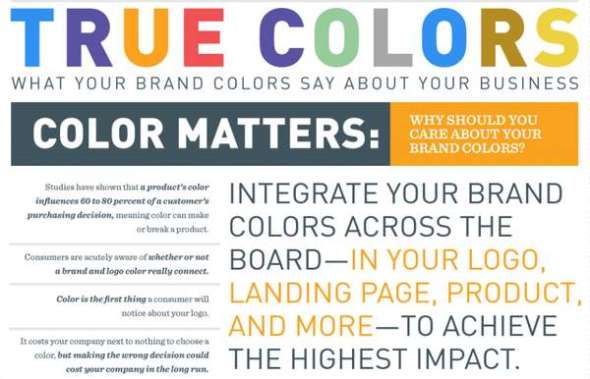These two very interesting infogrpahics shed some light into the cultural differences that exist in “business etiquette” around the world. From religion, to hierarchies, to face-to-face negotiations, diplomacy and rank; this infographic take’s a deeper look into the interactions business professionals should be keenly aware of when conducting world-wide business. Since, we live in a global economy, it’s to be expected that one will encounter a person of a different cultural background. Even for the everyday individual, these graphics can break stereotypes, generalizations and barriers that prevent optimal inter-cultural communication. With e-commerce now dominant world-wide, being able to communicate effectively to a diverse demographic is a must among organizations. Information like this is a must-see for business-minded individual.
Sources
http://www.visualistan.com/2014/03/business-etiquette-around-world-asia-infographic.html
http://countrycode.org/business-etiquette-around-the-world-western-europe.html










